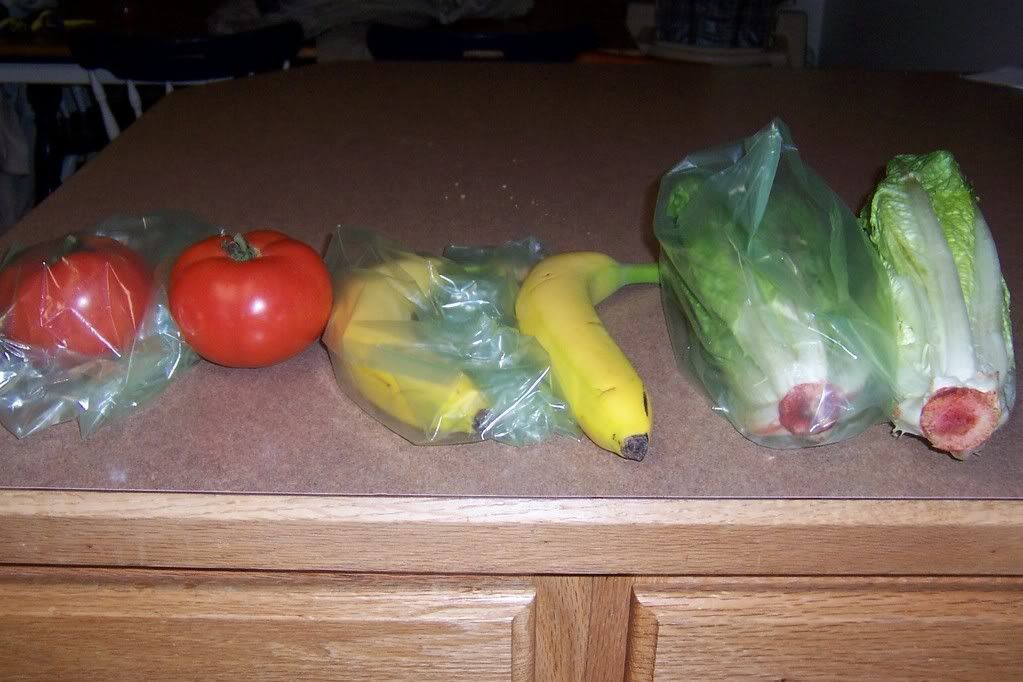
Jenny's Science Fair Project:
WHAT CURES SPICY FOODS?
I learned that what makes chili peppers spicy is a flavorless, colorless, and odorless alkaloid found in the tissue around the seeds called capsaicin. Capsaicin does not actually burn but tricks the taste buds into thinking they are being burned when it stimulates the nerve endings in the mouth.
Capsaicin is not soluble in water, but it is soluble in alcohols, fats, and oils. Milk has fats and a protein called casein that neutralizes capsaicin. Edger Hegyes, a medical scientist, discovered that capsaicin “stimulated the mucous membranes of the mouth and stomach and increased the secretion of gastric juices.”
Capsaicin is measured in Scoville units. This is based on how much it is diluted before it isn’t hot anymore. Something that isn’t hot would be 0 Scovilles, while the jalapeno peppers that my dad uses to make his salsa are at 55,000 Scovilles.
The bread and milk were both successful in stopping the spicy affect. The soda also reduced the spicy affect, but not as much as the bread and milk.


Lydia's Science Fair Project:
DO GREEN BAGS REALLY WORK?
Debbie Meyer’s green bags claim
“Scientists searching for ways to prolong the freshness of produce for Antarctic exploration became aware of a region in Japan known for thousands of years for storing produce for extended periods of time.
Farmers in the region had been warehousing their produce in mountain caves with amazing results. The caves were dark, consistently cool, dry and, it was discovered, the caves themselves were in a mountain of clay called oya. The oya absorbed the ethylene gas that the produce gave off as it matured, significantly prolonging the freshness. Debbie Meyer’s Green Bags' special film is made with that mineral, oya.”
We have learned that the Oya stone contains zeolite, which will absorb gasses. There is no scientific proof that the ethylene gas will actually be absorbed by the green bags. However, we’ve read that the holes caused by the Oya clay particles, increases the gas exchange from inside the bag and outside the bag. The ethylene is able to escape the plastic bag through the holes.
We found that the green bags do work to help keep the fruits and vegetables from ripening faster. However, the bags also hold in the moisture, increasing the growth of mold and fungus. We also found several other people's experiments with the green bags. They had similar results as ours.








No comments:
Post a Comment